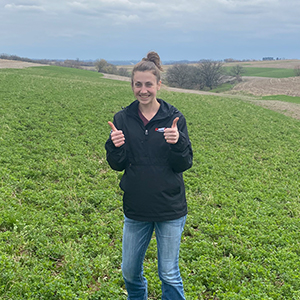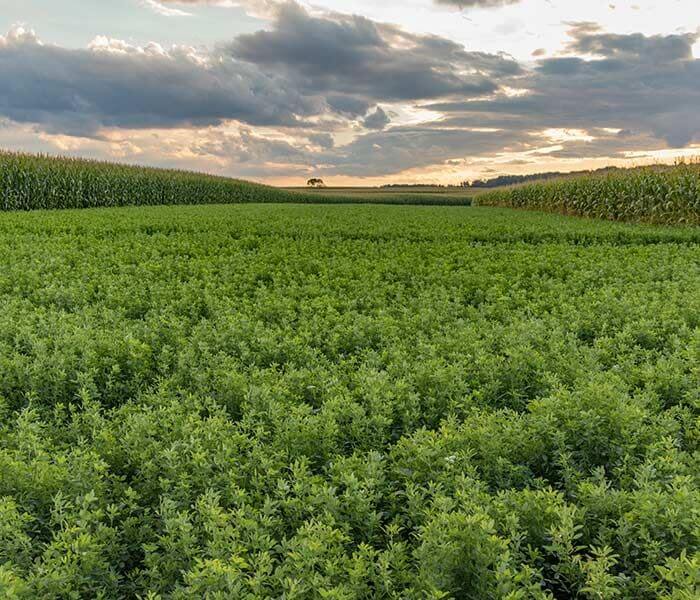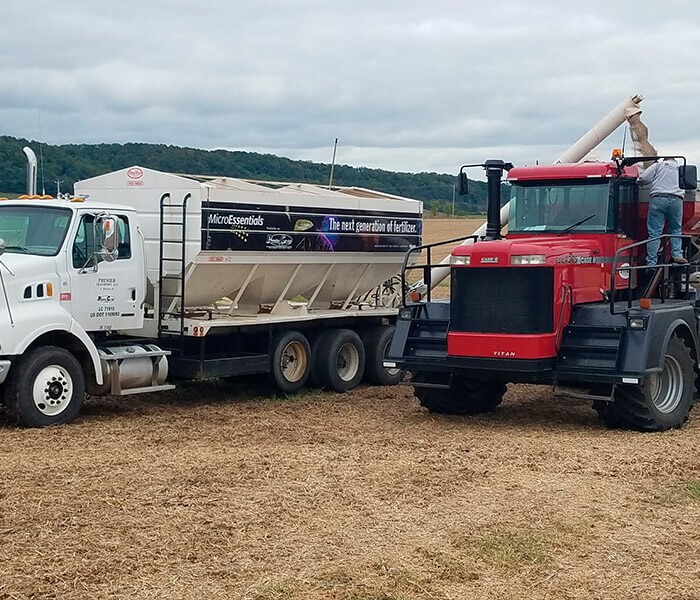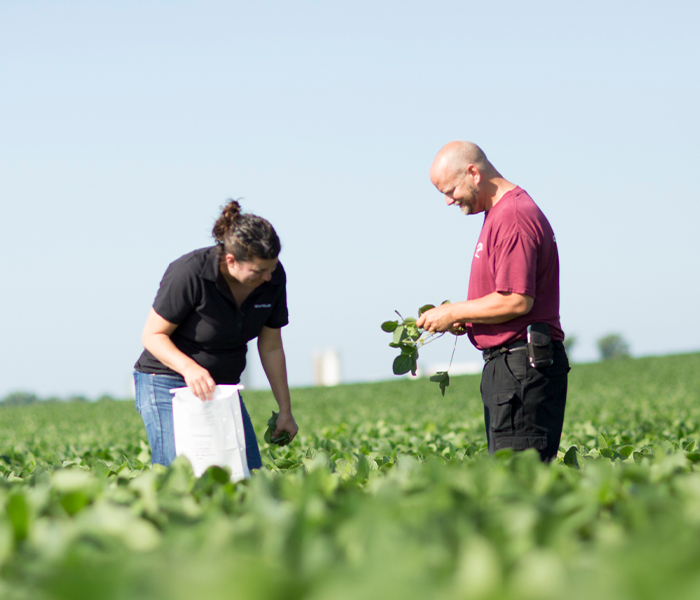Apply micronutrients, fungicides, insecticides, and PGR’s for maximum alfalfa yield and quality potential.
Apply fertilizer to replace removed nutrients.
- Potassium (K) and Phosphorous (P) are important nutrients required for high yield alfalfa.
- Alfalfa needs 50 pounds of K applied per every DM ton of forage removed.
- Sulfur (S) is important for protein production. Sulfur should be applied annually at a rate of 5 pounds per ton of expected forage.
- Boron (B) is also needed for alfalfa and can be applied annually with K.
- Application rates should be based on crop removal, soil test, and yield goals.
Insecticide applications can be paired with fungicide, micronutrient, and plant growth regulator (PGR) applications in-season to maximize yield and quality potential. Tank mix applications should be made on 6”-10” of crop regrowth.
- Fungicides should be applied early season (on first and second crop) to protect from foliar disease and minimize leaf loss to maximize quality and yield potential.
- Insecticides should be applied when threshold levels are met for weevil, potato leafhoppers, and/or aphids.
- PGRs such as Ascend® SL and biostimulant fertilizers such as Kriss® help promote vigorous plant growth and minimize stress.
- Tissue sampling helps indicate micronutrient needs.
- Boron (B) is needed for optimal alfalfa yields. Sulfur (S) is important for protein production in alfalfa. MAX-IN® Boron and MAX-IN Sulfur contain CornSorb® technology to help promote nutrient uptake and movement in the plant.
For more information on micronutrients, fungicides, insecticides, and PGR’s for maximum alfalfa yield and quality potential, please contact your local Premier nutritionist.

Mikayla Caygill
Agronomist




